From Field to Feeder: How a Local Lincolnshire Farm Grows Our Bird Food
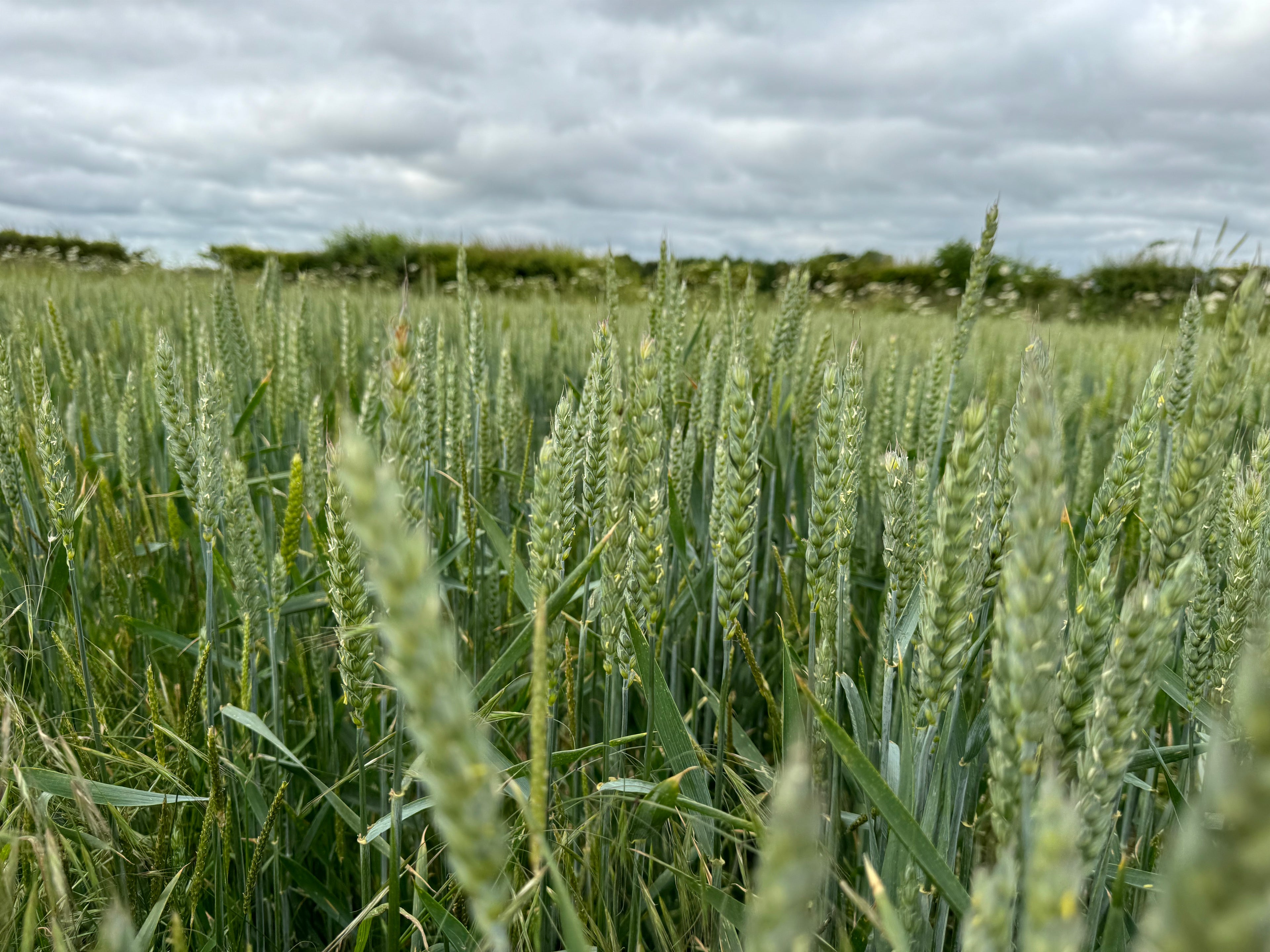
This week, our social media team, Ed and Charlotte, had the pleasure of visiting a local farm nestled in the heart of the Lincolnshire Wolds, just eleven miles from our base in Louth. This family-run farm is where all the wheat and oats in our bird food mixes begin their journey - sown, nurtured, harvested, and carefully stored before making their way to us for cleaning and finally to your feeders. The visit offered an eye-opening look at just how much care, knowledge, and innovation go into growing grains in a challenging but beautiful part of the country. Here’s what we learned.
Why the Lincolnshire Wolds?
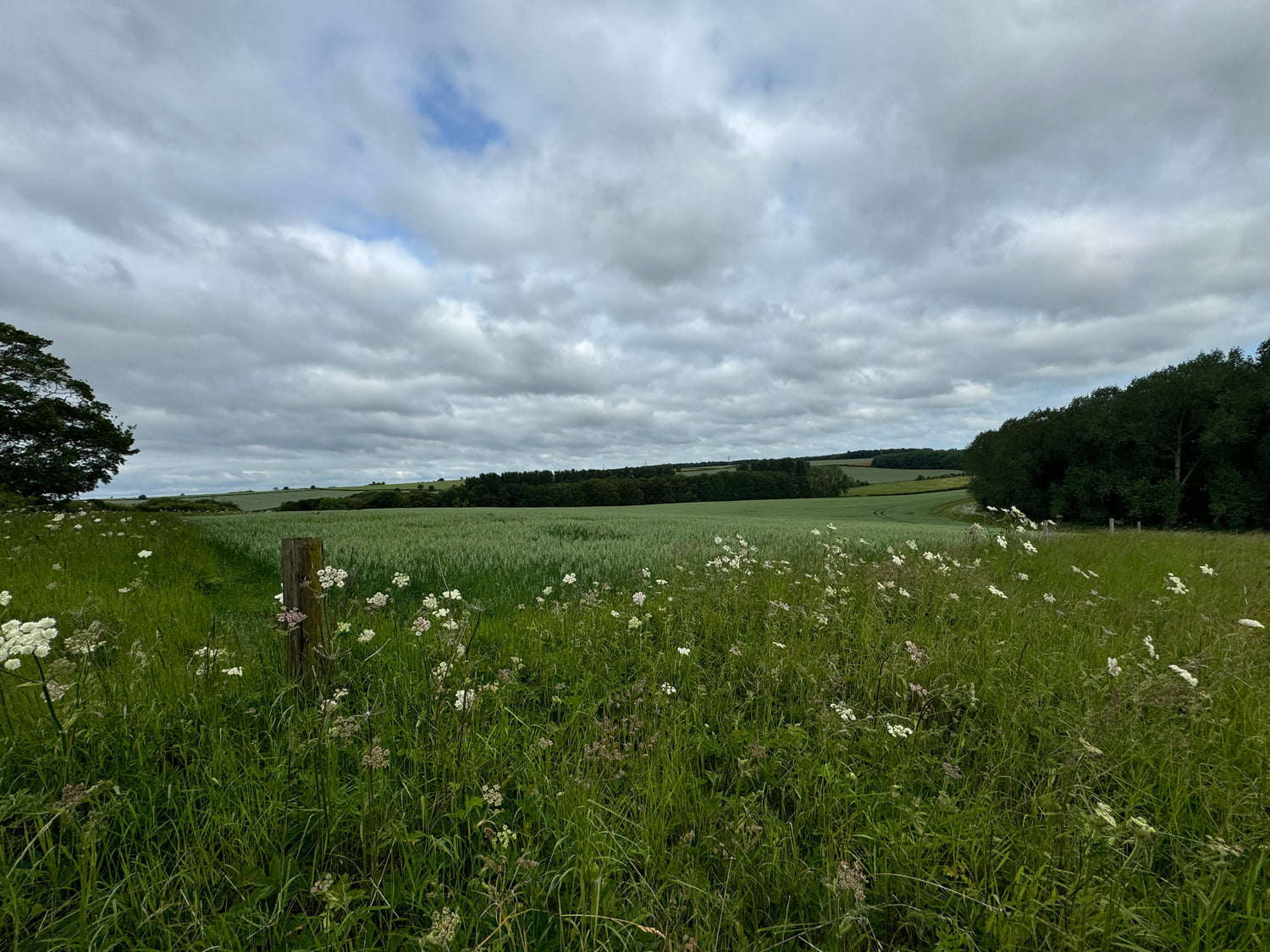
The farm sits atop the Wolds - a ridge of rolling chalk hills known for their scenic views and, interestingly, their tough farming conditions. The soils here are classified as Grade 2, which indicates decent agricultural quality, but the variability of soil types can be challenging to work with when the weather turns against you. The east side of the 500 acre farm lies over a base of flint and chalk where the soils are thinner, whereas the western side ranges from deeper blow away sand which almost every season suffers from drought (too very heavy sticky soils where establishing crops can be more challenging) - but they’re far from easy to work with. In farming terms, this makes it hard for crops to thrive - unless you know exactly how to help them.
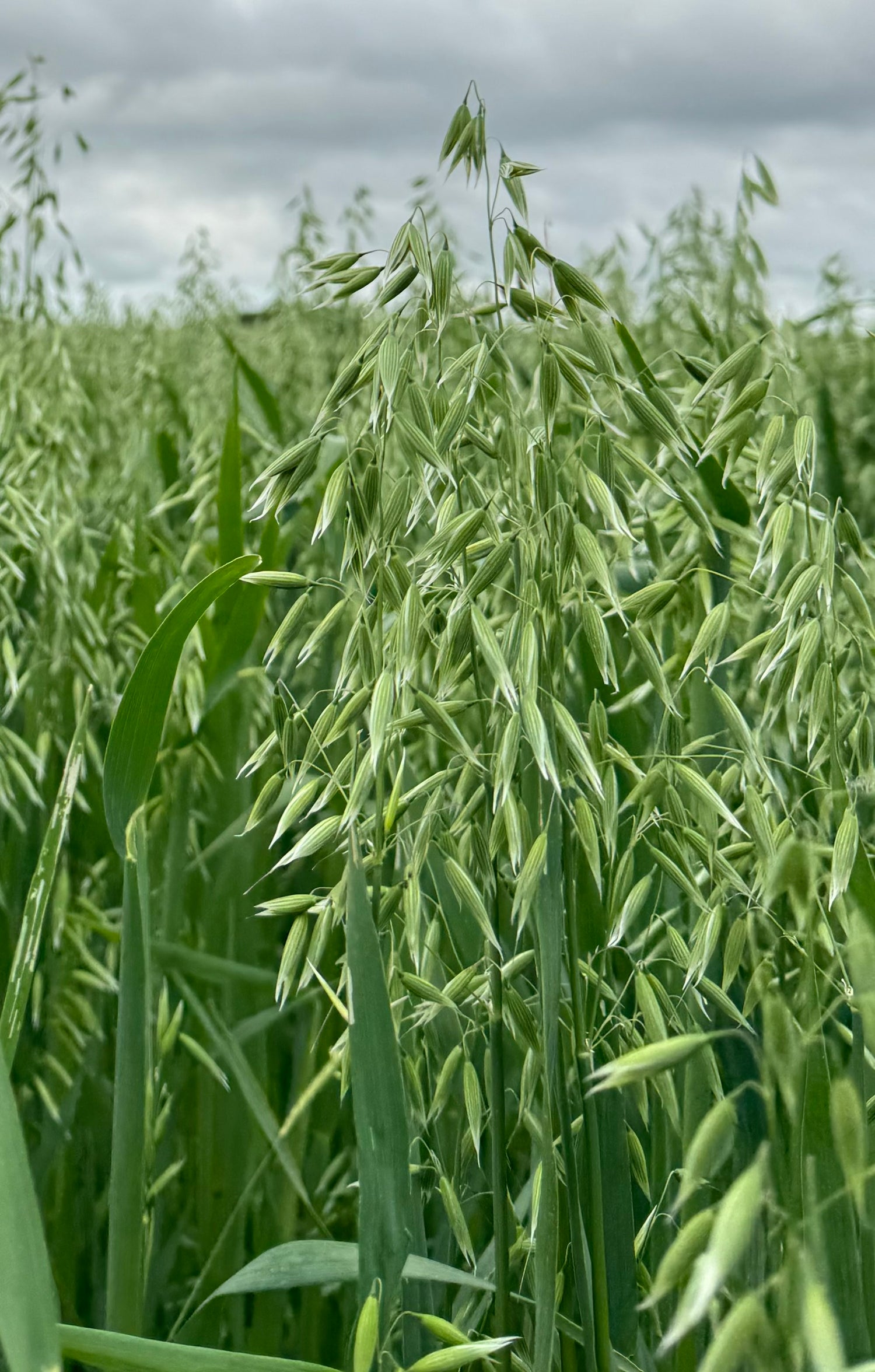
Still, the location brings some unique advantages. Being on higher ground helps the farmers work around modern weather extremes - they can often time their planting and harvesting more effectively than those in wetter, lower-lying regions. And despite the challenges, this land has been cultivated for generations, producing wheat and oats that are key to our bird food mixes.
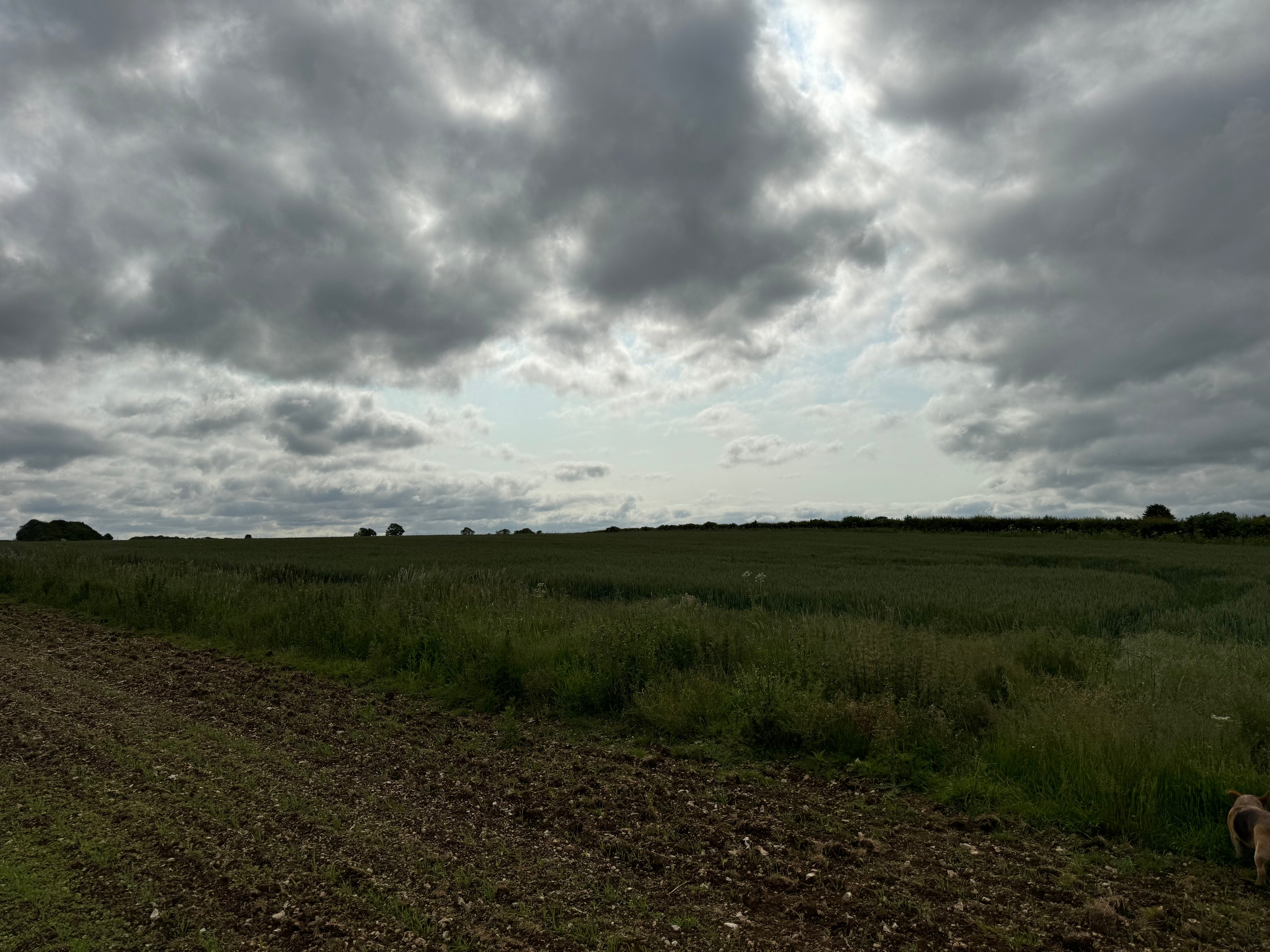
A Balancing Act: Growing Healthy Crops Without Heavy Chemicals
We asked how the team ensures the grain they grow is high-quality. The honest answer? It’s not easy. Weather, especially the changing climate, pests, and disease all threaten a successful crop. While many farms might lean heavily on synthetic pesticides and fungicides, this grower takes a different route. Instead of blanket chemical treatments, they focus on building the resilience of the plants themselves. That means using soil and plant health tests - even sending leaf samples to labs in the Netherlands - to figure out what the crops are lacking. Much like human bodies, when plants are low in essential nutrients like zinc, they’re more likely to succumb to illness. To correct this, the farm uses targeted nutrient sprays and compost teas, helping crops defend themselves naturally. It’s a slower, more thoughtful process - but one that reduces chemical use and leads to healthier plants and soil.
The Growing Year: From Sowing to Harvest
-
A full growing season is a complex and carefully timed process. It starts in late summer or early autumn, just after the previous crop has been harvested. The field is sown with a cover crop - a mix of different plant species that aren’t harvested but help improve soil health over the winter. While this practice costs more than it earns in direct payments, the long-term benefits to soil fertility and structure are worth the investment. Before planting the next crop of oats or wheat, the field is cleared to remove weeds. Then, using a direct drill (no ploughing required), seeds are sown straight into the ground. This method disturbs the soil as little as possible, preserving the structure and microbial life within.
-

When the crop turns golden and moisture levels drop to around 15%, it’s time to harvest. But even then, the work isn’t over. Grain must be cooled immediately to prevent spoilage - and sometimes even dried if the moisture content is too high. Drying uses electric or diesel-powered fans, which can be costly, but it's essential
for maintaining the quality of the grain.
Local Food, Local Impact
-

One of the things the farmer values most is knowing their grain is used just down the road. In a world where food often travels thousands of miles from field to
plate (or in our case, feeder), there’s something special about keeping things
local.“It used to sound daft to say there’s a story behind every product,” he told us. “But the more you understand how much effort goes in, the more you realise - the story matters.”
For us, knowing the people who grow the ingredients in our bird food makes the whole process more meaningful. It’s not just about grain - it’s about relationships, sustainability, and pride in local production.
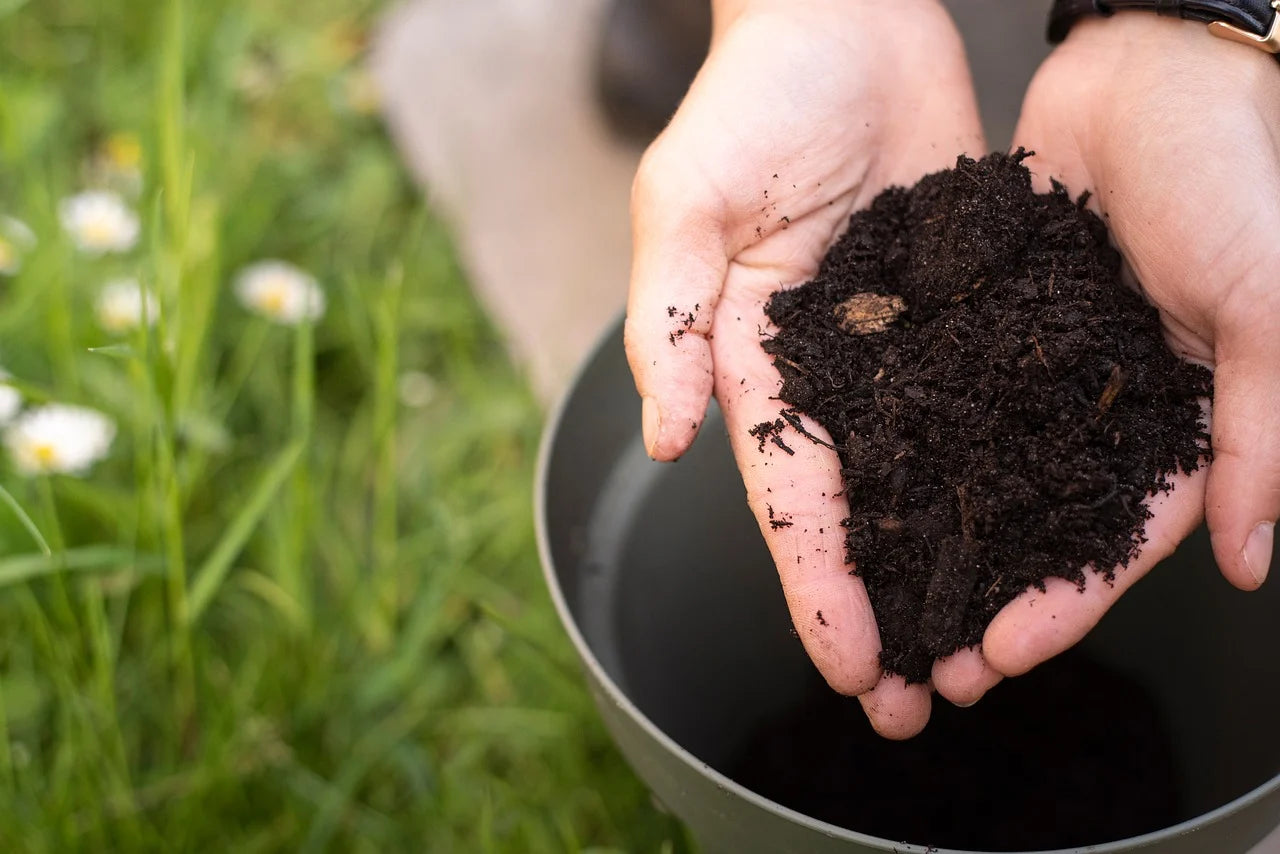
Greener Farming for a Better Future
Environmentally friendly practices are at the heart of this farm’s ethos. One standout example? Their homemade compost. They create compost on-site, using a carefully trained process to encourage the growth of beneficial microbes. These are extracted and sprayed onto crops to help boost plant health and soil life. With a microscope set up in the shed, they can even track the microbial balance in each batch - avoiding harmful bacteria and fostering a living, breathing ecosystem under the soil surface. It’s not high-tech or expensive, but it’s smart, sustainable, and rooted in years of learning. “It costs us time, but not money,” he says. “And what else would we be doing with that time?”
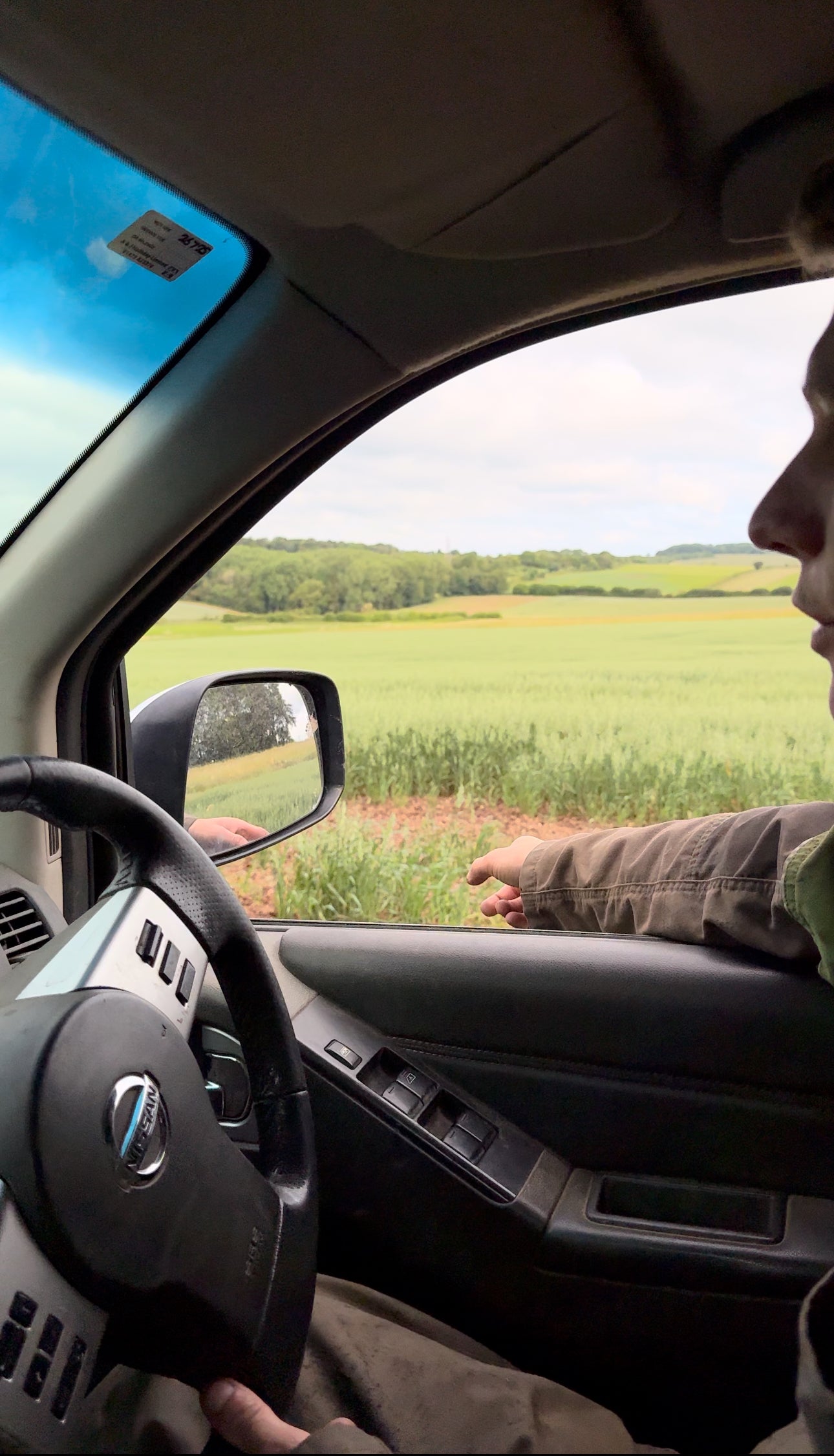
The Heart Behind the Harvest
Despite the challenges - rising costs, unpredictable weather, global market pressures - the passion for farming hasn’t waned.
“Everything I’ve said probably sounds a bit negative,” the farmer admitted. “But I actually really enjoy it. It’s not a job. It’s a lifestyle.”
Even on holiday, his thoughts drift back to the fields, wondering how things are going back home. Because when you’re that connected to the land, it never really leaves you.
We've chosen Lincolnshire wheat because it's local & thanks to farmer Matt, it's now included in our products.
-

Lincolnshire Wheat
Shop hereOur premium English Wheat is sourced from a trusted UK farm (just 11 miles away), ensuring the highest quality and sustainability for your feathered friends.
-

Original Wild Bird Food
Shop hereOur Original Wild Bird Food is a dependable, no-nonsense seed mix perfect for daily feeding. Enjoyed by the UK's garden bird for decades.
-

Songster Food
Shop hereIt is a nutritious treat for any ground-feeding bird and is now more nutritionally wholesome than ever before.
Songster Food is one of Haith’s original bird food mixes, formulated in the 1960s and created for ground-feeding birds.
-

Cheap 'n' Cheerful
Shop hereOur budget bird food might be cheap but it's still handcrafted by Haith's and is SuperClean. It's healthy, natural and fresh.
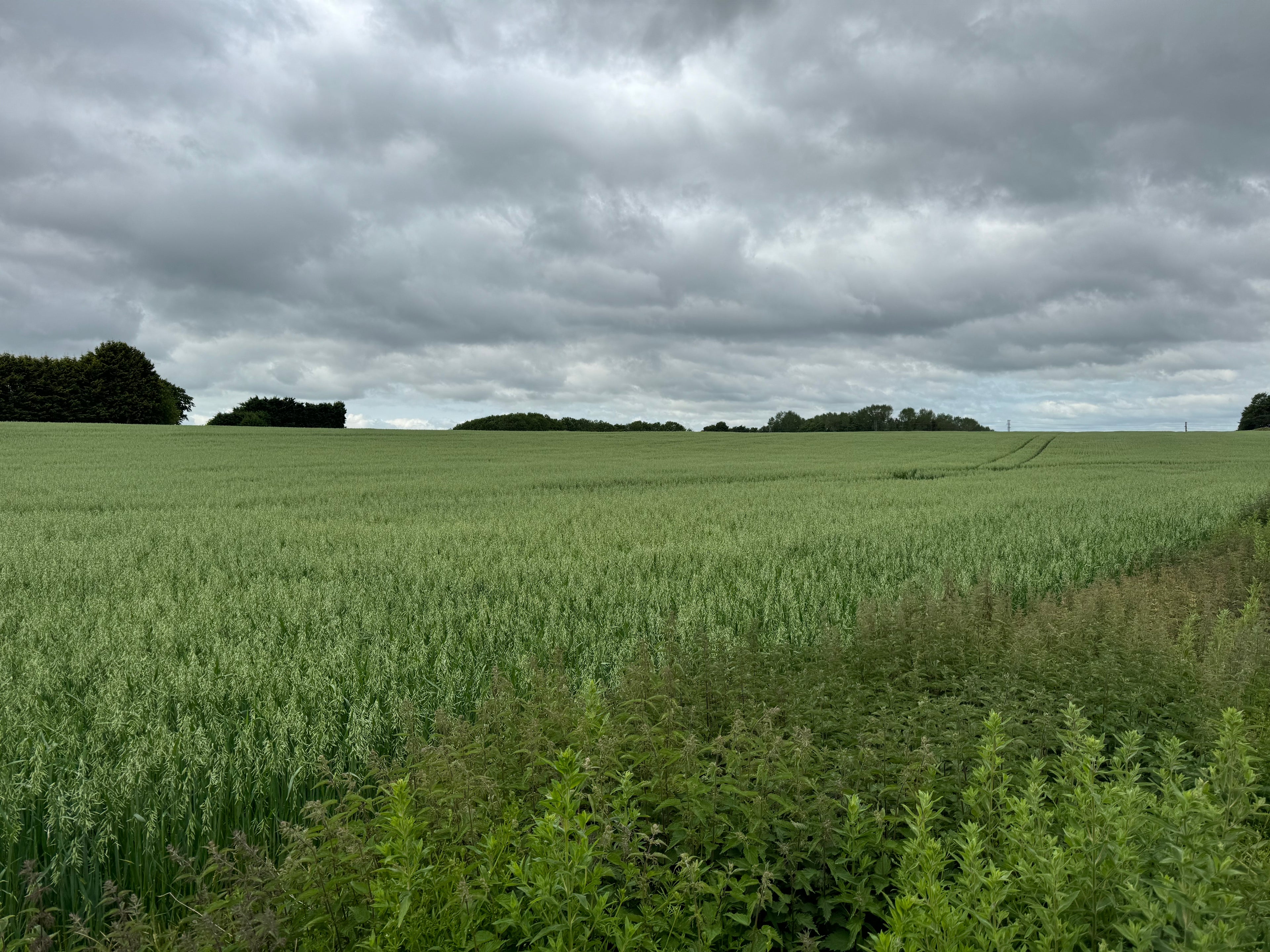
A Grain of Appreciation
Our visit reminded us just how much care goes into every seed, every sprout, every harvest. The wheat and oats grown here may end up in bird feeders across the country, but they start life on a beautiful, windswept patch of chalky soil in Lincolnshire - coaxed into life by experience, experimentation, and a whole lot of heart.
We’re proud to support local growers like this one - and we hope next time you scatter some seed in your garden or feed your beloved pet bird, you’ll think of the story behind it.
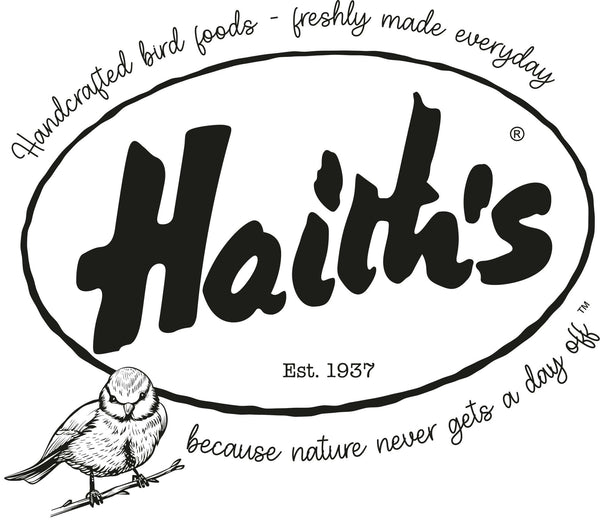






2 comments
One thing for sure is that with all the years experience that Haiths have gained you can guarantee a first class product to feed your birds, I have been using their products from way back in the 60’s
So interesting to read about this farmer and his passion for his land and crops, and the fact that it really is a short field-to-feeder journey for his produce. Environmentally-friendly farming is good for everyone and everything. Farmers and their livelihoods are under such threat that they need all the help and appreciation they can get – this long-time Haiths buyer is very grateful for the fact that Haiths feeds are ‘keeping it in the family’ so to speak.